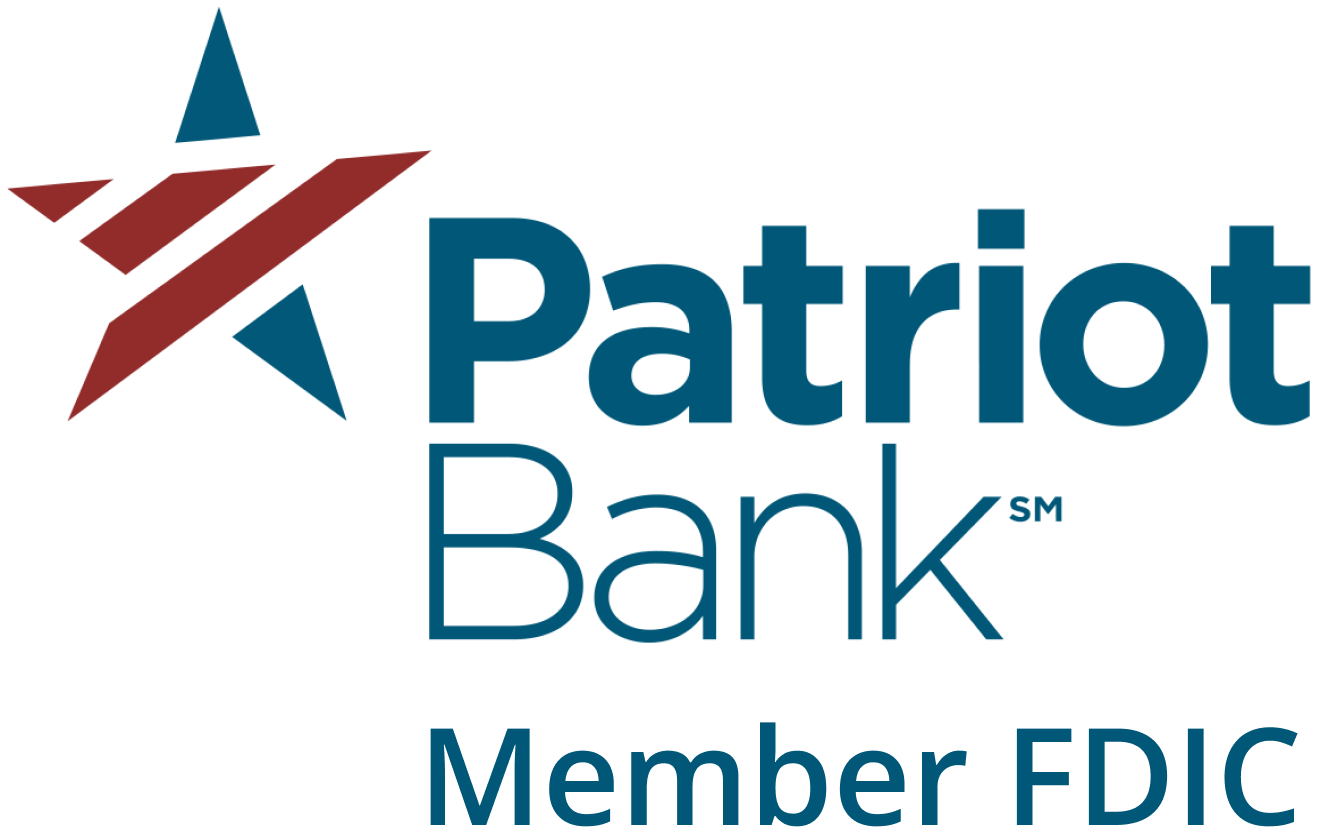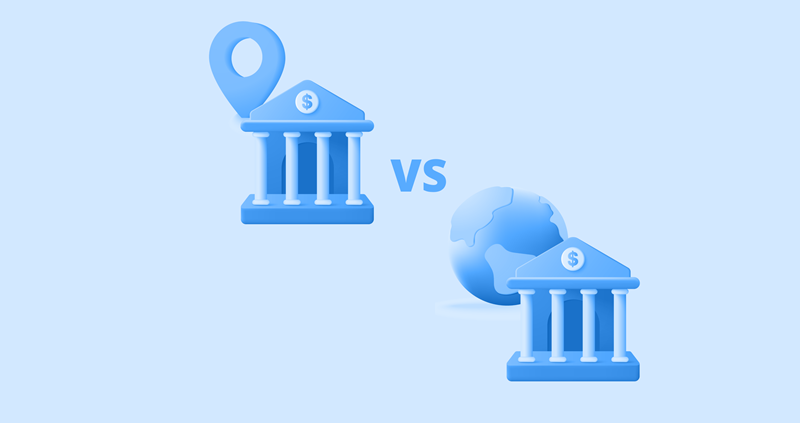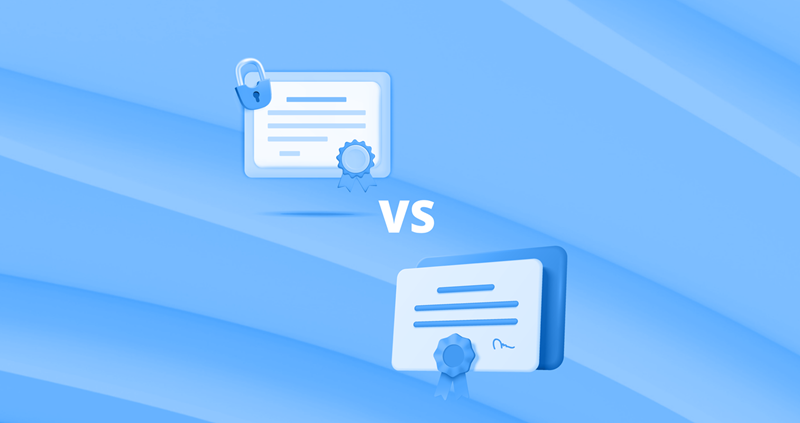Money market vs. savings accounts: Understanding the key differences
Compare the features, benefits, and limitations of money market vs. traditional savings accounts to decide what fits best with your goals. Learn about APYs, account access, and fees.
Purpose and usage differ: Both accounts are made for saving and earning interest, but money market accounts tend to have more access tools.
Interest rates and APY: Money market accounts historically offered higher interest rates than traditional savings accounts, though rates may be variable and vary by institution.
Fees and requirements: Savings accounts often have low minimums, while money market accounts may require higher balances to avoid fees or access top-tier APYs.
What is a savings account?
A savings account is an account at a bank, credit union, or other financial institution designed to put your money aside for longer-term use than checking accounts. Traditional savings accounts generally allow you to earn a low to moderate amount of interest on your deposits and may come with basic limitations to accessing your cash.
Purpose & usage of a savings account
Due to the flexibility of savings accounts, they tend to be used for many reasons, including:
Storing extra cash
Saving towards short- to medium-term goals (e.g., buying a car or saving for a vacation)
Earning interest on extra savings
This is different from a checking account (which is primarily used to access your money on a daily basis), since savings accounts are geared more towards setting money aside for future use. Savings accounts also tend to have more limited debit and checking features than checking accounts often have.
Some savings accounts also set monthly withdrawal limits and usually do not have check-writing privileges, which may restrict your access to your money. It is also important to note that savings accounts can also come with account fees or minimum deposits, meaning you can get penalized for not reaching the minimum deposit amount.
Interest rates & returns
Traditional savings accounts tend to offer lower interest rates than high-yield savings accounts (HYSAs) or other high-interest deposit accounts. According to the Federal Deposit Insurance Corp. (FDIC), the average interest rate for traditional savings accounts in the U.S. stood at 0.30% as of July 2025.1 While interest rates may vary by financial institution, HYSAs can sometimes offer more than 4% annual percentage yield (APY). This can lead to a missed opportunity for potential growth.
Furthermore, traditional savings accounts tend to have variable interest rates, similar to money market accounts and other HYSA options, meaning interest rates can rise or fall based on market conditions, inflation, and other factors.
Access & withdrawal limits
Many banks impose monthly transaction limits on savings accounts that may apply to withdrawals or transfers. White the federal six-per-month transaction cap (known as Regulation D) was lifted by the Federal Reserve in April 2020, many banks and credit unions have kept the restrictions.3 Therefore, you may want to check your financial institution's rules to see if they impose the six-per-month cap, as you may have to pay a fee if you go over the limit.
Fees & balance requirements
Traditional savings accounts are relatively straightforward to open and maintain. They tend to have lower fees and minimal requirements compared to other savings products. While savings accounts may have low to no minimum balance fees, you may be subject to a maintenance fee if you do drop below the minimum amount (e.g., a monthly maintenance fee of $5). Some financial institutions offer promotional interest rate bumps, but these may be tied to strict conditions.
Savings accounts offered through the Raisin marketplace can be opened with a minimum of $1 to help you get started on building your savings. Raisin gives you access to a variety of high-yield savings products with competitive interest rates and no withdrawal limits (except for CDs), allowing you to boost your savings while still maintaining easy access to your funds. Compare interest rates and explore account types today!
$
Bank
Product
APY
New Raisin Users: 60-Day Rate Lock
New Raisin Users: 60-Day Rate Lock

mph.bank, a division of Liberty Savings Bank, F.S.B., Member FDIC
High-Yield Savings Account
4.01%
$2,005.00
Raisin is not an FDIC-insured bank or NCUA-insured credit union and does not hold any customer funds. FDIC deposit insurance covers the failure of an insured bank and NCUA deposit insurance coverage covers the failure of an insured credit union.
What is a money market account?
A money market deposit account, also known as MMA, is a type of high-interest savings account with more access than traditional savings accounts tend to offer. Money market accounts are unique interest-earning deposit accounts, as they sometimes blend features of both checking and savings accounts. While they are a type of savings account, transactional access (through check writing and debit card usage) makes them more flexible than other savings accounts. Like with savings accounts, your funds in a MMA are also protected up to $250,000 if opened at an FDIC-insured bank.
Essentially, a money market account is a savings account that allows you to gain potentially higher interest on your savings but may also give you checking-style features to access your money. This can be useful for those who want to save but also maintain more liquidity. If you have your own business, MMAs can also be used as business savings accounts.
Interest rates & APY comparison
Money market accounts often have higher interest rates and APY benefits compared to traditional savings accounts, while still offering liquidity.
Here’s what you need to know:
Higher interest rates: MMAs tend to have higher interest rates than standard savings accounts, but may have comparable or slightly lower rates than high-yield savings accounts. This may vary due to market conditions and your deposit size.
Tiered interest rates: Some accounts offer tiered interest rates, meaning you can benefit from a higher interest rate based on how much money you have in your account. Essentially, the more you save, the more you can earn. Actual benefits can vary by institution.
APY advantage: MMA’s higher interest rates can help grow your balance faster over time compared to lower-interest savings accounts, since APY factors in compounding.
- Interest rate variability: Unlike fixed-rate products (e.g., certificates of deposit), MMAs often have variable interest rates, so they may fluctuate based on market conditions.
Access features & restrictions to money market accounts
Oftentimes, money market accounts are described as being a hybrid between savings and checking accounts, so this makes their access features and restrictions a mixture of both.
Access features of money market accounts include:
Check-writing ability: Some MMAs may allow you to write checks, though this has become less common with online banks.
Debit card access: MMAs can sometimes come with a debit card for ATM withdrawals or purchases. However, this feature has also become less common with online banks.
Online and mobile banking: You can transfer funds, pay bills, and manage your account digitally.
Branch and ATM access: If you opened your MMA through a bank or credit union, you might even get in-person withdrawal and deposit access.
However, it’s also important to consider the following restrictions on MMAs:
Withdrawal limits: Like traditional savings accounts, withdrawal limits (six per month) may also apply to MMAs.
Minimum balance requirements: Some MMAs may require higher opening deposits and minimum balances to avoid fees or take advantage of higher interest rates. Money market deposit accounts offered at the Raisin marketplace only require a $1 minimum to open and maintain an account.
Variable interest rates: Interest rates can fluctuate with the market, meaning they can affect your earnings by rising or falling.
- Possible fees: Falling below the required minimum balance or exceeding withdrawal limits can possibly lead to monthly maintenance or excess transaction fees, depending on your bank's rules.
Fees & minimums
Financial institutions usually set their own rules; therefore, fees and minimums may vary from bank to bank.
In general, you can expect the following fees:
Monthly maintenance fees: Monthly maintenance fees can often be waived if you meet the minimum balance requirement, if one exists. Otherwise, you may owe a fee of around $5–$15 depending on your bank’s fees.
Excess transaction fees: If your bank imposes a transaction limit, you can also expect to pay roughly $5–$15 per additional transaction.
ATM fees: Your bank may charge ATM fees if you use an out-of-network machine.
Money market accounts may also have minimum balance requirements, including:
Minimum opening deposit: MMAs can have higher opening deposit minimums (e.g., $500–$2,500), but some online banks might allow for lower amounts.
Ongoing minimum balance: MMAs may require an ongoing minimum balance (e.g., $1,000–$5,000) to avoid monthly fees. Some banks can offer tiered APY (the ability to earn a better APY based on your balance) to incentivize maintaining minimum balance requirements.
Failing to meet minimum balances: If you fall below the minimal balance, if applicable, this may lead to maintenance fees or reduce your interest rate to a lower tier.
The money market deposit accounts offered at Raisin only require a $1 minimum opening deposit and do not have any fees. Explore account types and compare interest rates and start boosting your savings today.
Money market vs. savings accounts: Side‑by‑side comparison
To get a better overview of the difference between money market vs. traditional savings accounts, let’s consider some key features:
Feature | Money Market Account | Savings Account |
APY potential | Historically offered higher APY (but variable). | Modest APY (unless HYSA). |
Access tools | Possible access via debit or checks, though less common. | Typically accessible by moving funds through a spending or checking account. |
Monthly fees | Low fees (maintenance fees can apply if minimum balance is not met). No fees when opened through the Raisin platform. | Low fees (maintenance fees can apply if minimum balance is not met). No fees when opened through the Raisin platform. |
Best for | Savers who need occasional access to their funds or want to further boost their savings. | Building an emergency fund or savings goals. |
Money market vs. savings: Choosing the right account for you
While both account types are helpful towards reaching your savings goals, you may want to consider certain benefits alongside your financial goals to determine which account would best fit your needs.
To help you decide which account to choose, you might want to think about the following:
Identify your financial goals & use cases: Before comparing banks and accounts, you might want to set clear financial goals for your savings account. For example, if you are building your emergency fund, saving for short-term goals, or ensuring you have money aside for bills and other payments. This can help you decide what account would work best for you.
Compare current APYs & fees: Savings interest rates can also make a significant difference in your earning potential. If you want to boost your savings potential, you might want to compare interest rates and account types across different banks and financial institutions, to ensure you are getting the best possible rate. You might also want to check for any extra fees and balance requirements, if applicable.
Check access needs & withdrawal behavior: Consider how often you would like to access the money in your account. If you know you will need check-writing or debit card access, a MMA that offers these features might be more useful. If access might tempt spending, or you won’t need to access your funds as often, a savings account might enforce discipline.
- Consider balance minimums: Since minimum balance requirements and withdrawal rules may vary by institution, you may want to ensure you can meet the minimum balance thresholds in order to avoid any extra fees and to maximize APY, if applicable. Tiered MMAs can help you maximize your savings potential by increasing your APY with your account balance.
Open a money market account through Raisin
Both money market and traditional savings accounts provide a great way to grow your savings, but the right choice depends on your priorities. Although they are quite similar, it is important to consider the differences between money market and savings accounts. If you are looking for higher APY potential and occasional transactional access, a MMA could be a better fit. If you prefer a low-maintenance account, a traditional savings account might be your best bet.
It is important to evaluate your financial goals, compare APYs across multiple banks, review fees and balance requirements, and consider how often you’ll need access to your funds. With the right choice, you can help maximize both safety and growth potential in your savings strategy.
If you are ready to get started today, Raisin is here to help. The Raisin marketplace gives you access to money market accounts and other high-yield savings options with competitive interest rates to help boost your savings. Compare account types, interest rates, and other benefits all in one platform. Sign up and start maximizing your savings potential today!
FAQs about money market and savings accounts
Can I use a money market account like a checking account?
Not entirely. While some MMAs offer check-writing and debit card access, they often limit certain transactions to six per month, making them primarily savings tools.
Do money market accounts have penalties for withdrawals?
While you won’t typically face withdrawal penalties like with CDs, you can still face excess transaction fees if your bank has a monthly withdrawal limit and you exceed it.
Are high‑yield savings accounts better than money market accounts?
It depends on your needs. High-yield savings accounts can sometimes offer higher APYs than MMAs, but may lack debit card or check-writing features.
How does FDIC insurance apply to money market vs. savings accounts?
Both accounts may be FDIC-insured (or NCUA-insured for credit unions) up to $250,000 per depositor, per institution, protecting your funds if the bank fails. However, it is still worth checking the individual details of your chosen institution to ensure they offer deposit protection.
The above article is intended to provide generalized financial information designed to educate a broad segment of the public; it does not give personalized tax, investment, legal, or other business and professional advice. Before taking any action, you should always seek the assistance of a professional who knows your particular situation for advice on taxes, your investments, the law, or any other business and professional matters that affect you and/or your business.





